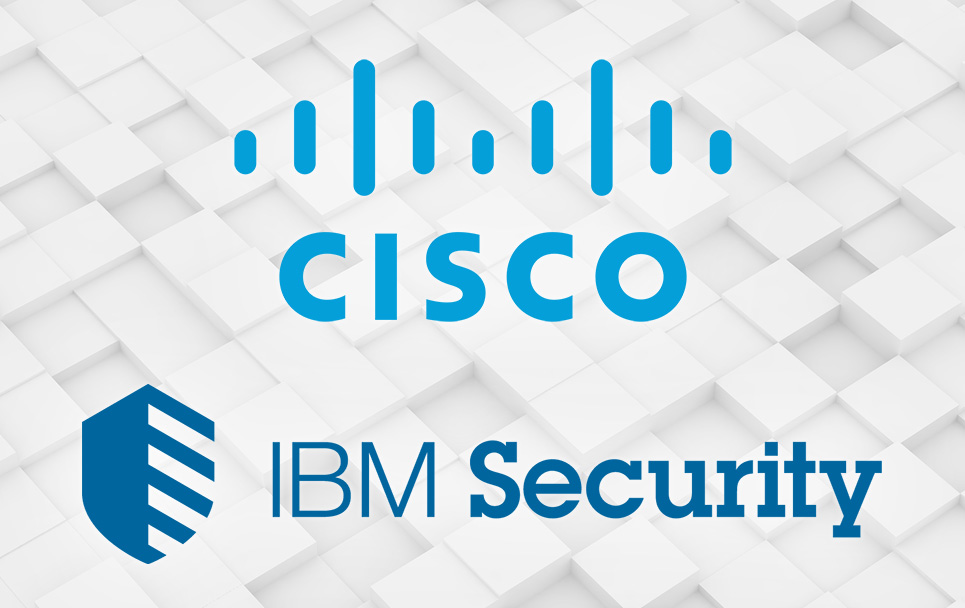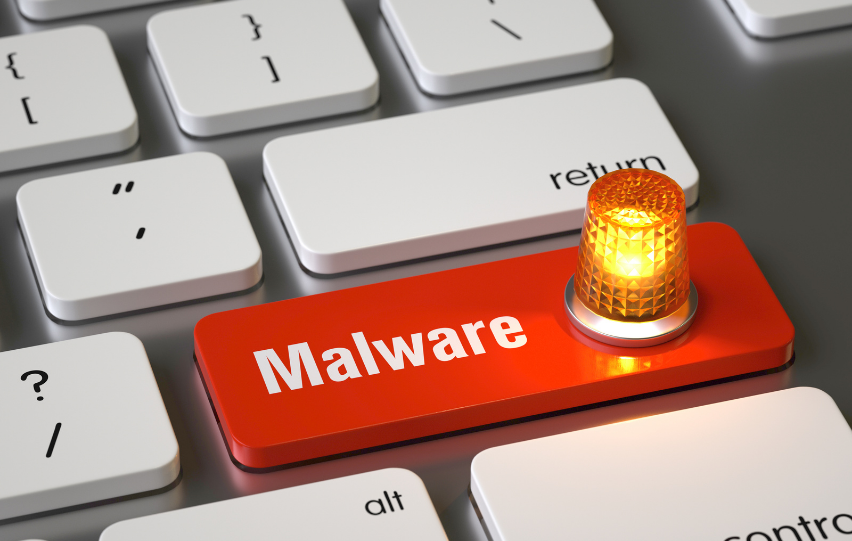Cybercrime is expected to cost the world $6 trillion annually by 2021 and concerned industry pundits are already mapping plans to tame cybercriminals.
By Oluwatobi Opusunju
Leading technology companies, Cisco and International Business Machines (IBM) in a new partnership will be joining forces to tackle the growing global threat of cybercrime. The partnership will afford them to work closely together across products, services, and threat intelligence to protect both public and private organizations across networks, endpoints, and the cloud.
As part of the collaboration which is coming as a result of the recent WannaCry (Wannacrypt) Ransomware that threatened major government bodies and organizations around the world, Cisco will be building new applications for IBM’s QRadar security analytics platform. Of the new applications, two will be designed to help security teams understand and respond swiftly to advanced threats effectively.
General Manager, IBM Security, Marc van Zadelhoff while speaking on the partnership said “Cybercrime is expected to cost the world $6 trillion annually by 2021. This is why IBM has been a proponent of open collaboration and threat sharing in cyber security to change the economics for criminals.”
“With Cisco joining our immune system of defense, joint customers will greatly expand their ability to enhance their use of cognitive technologies like IBM Watson for Cyber Security. Also, having our IBM X-Force and Cisco Talos teams collaborating is a tremendous advantage for the good guys in the fight against cybercrime,” he added
Chief Information Security Director, BNSF Railway, Bill Heinrich while commending the two world leading tech firms on the collaboration, reckoned that tackling cybercrime threats efficiently takes the deployment of a data- driven approach.
“In cybersecurity, taking a data-driven approach is the only way to stay ahead of the threats impacting your business. Cisco and IBM working together greatly increases our team’s ability to focus on stopping threats versus making disconnected systems work with each other. This more open and collaborative approach is an important step for the industry and our ability to defend ourselves against cybercrime,” he said.





























